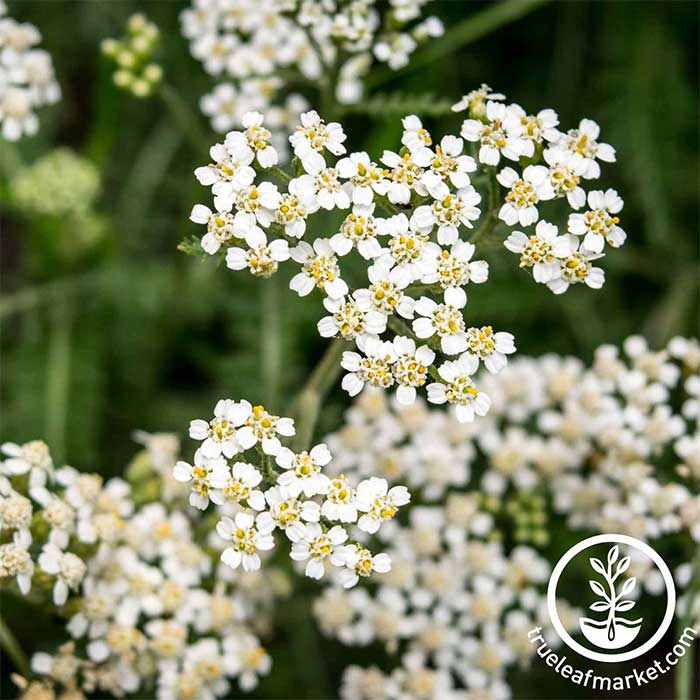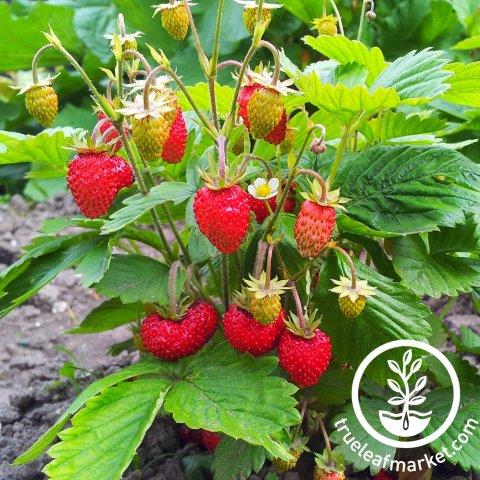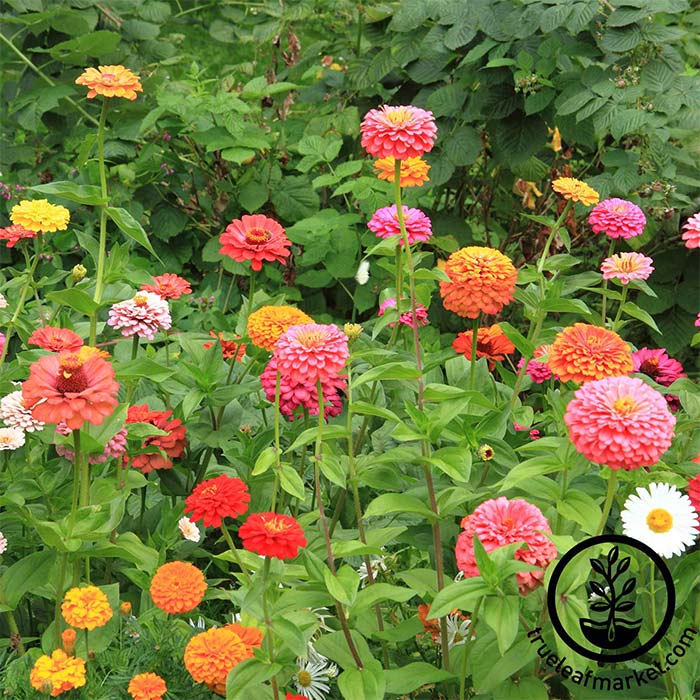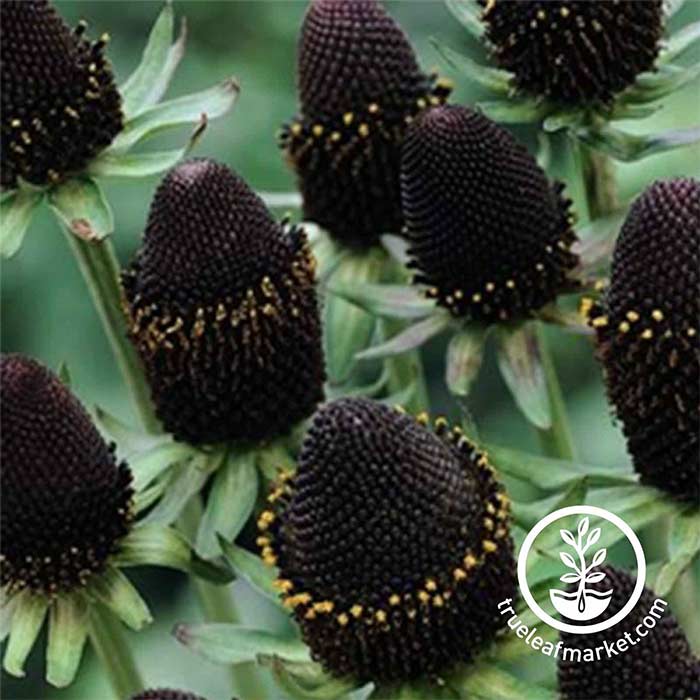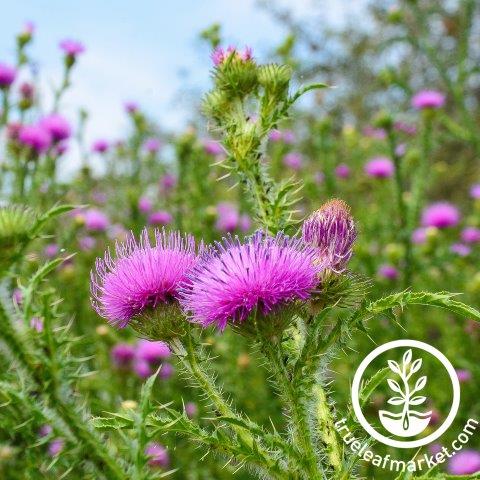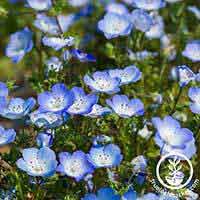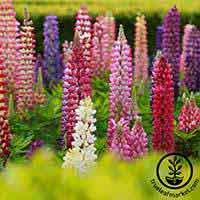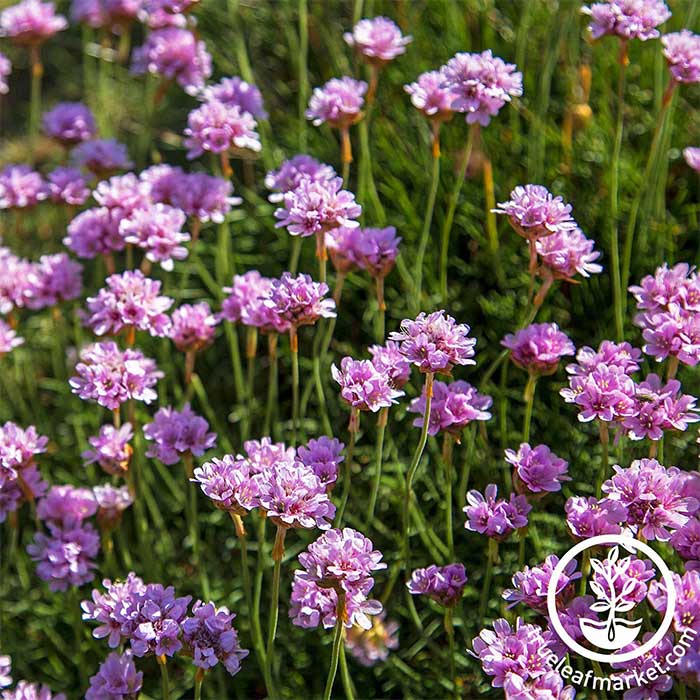10 California Natives for Organic Pest Control
By Lara Wadsworth
Whether you call California home or not, we can all agree it is a beautiful state. From the alluring coastline to the towering redwoods, the natural meadows, and rugged mountains, California is a place all its own. How can you fully take advantage of that beautiful ecosystem in your Californian garden? As a horticulturist with a passion for biological pest control, I've discovered the power of native plants to create a balance in our gardens that benefits both the environment and our beloved plants. The following native flowers are just a few of my favorites on a long list of native plants that will attract beneficial insects to your garden.
California Poppy (Eschscholzia californica)
As a classic California native, you might be familiar with these striking orange and red flowers. They bloom all of spring and into the summer and can be found all over California. California poppies are known for attracting butterflies, ladybugs, and tachinid flies. Tachinid flies parasitize harmful insects by laying their eggs on and around pests. California is home to about 400 different species of these important ecological warriors and a native garden is a wonderful way to draw them into your realm!
White Yarrow (Achillea millefolium)
Yarrow is widespread through the country but is known to be native throughout the great state of California. The classic white blooms are perennial, meaning they will return each year to brighten your garden. Yarrow attracts ladybugs and hoverflies which feed on aphids and other pests. Hoverflies can sometimes look like small or fat wasps but they don’t sting! I recommend looking up which species of hoverflies are likely to be in your area and learn to identify them.
Wild Strawberry (Fragaria californica)
Highly attractive to green lacewings, the tiny white blooms of the wild strawberry are too much to resist. The flowers can be found in the spring and then, sure enough, they turn into tiny strawberry fruits. Although they will be much smaller than the strawberries you find in the store, the little sugar bombs are definitely worth a taste! They will also attract green lacewing larvae. These insects are known for being voracious aphid eaters but are also considered generalists and will eat scale, thrips, spider mites, and mealybugs.
California Zinnia (Zinnia elegans)
Particularly found native in Southern California and down into Mexico, Zinnias are gorgeous flowers that come in vibrant shades of orange, pink, yellow, and red. Now adapted to California gardens throughout the state, the summer to fall blooming plants attract predatory wasps, butterflies, ladybugs, and bees. Now, before you freak out, predatory wasps are completely harmless to humans! They are predatory to other insects and help to control pest populations naturally.
Green Wizard Rudbeckia (Rudbeckia occidentalis)
You may have heard of Black Eyed Susans, but have you heard of the closely related Green Wizard Rudbeckia? This black and green coneflower is truly a unique sight. It blooms with bracts from summer into the early fall and can be found throughout California. Lacewings and minute pirate bugs find rudbeckia plants attractive. Minute pirate bugs are wonderful because they are one of the first predatory insects to begin feeding on garden pests in the spring, giving you a headstart on pest control!
Milk Thistle (Silybum marianum)
This medicinal plant might get a poor reputation for being spikey, but it sure is a good plant to have around ecologically. The beautiful purple blooms come on in the spring and stay into early summer. They attract parasitic wasps of various species. The protective thistle leaves are a great place for friendly insects to take shelter and work on targeting garden pests!
California Bluebell (Phacelia campanularia)
The vivid blue blooms of the California Bluebell are not only a treat for the eyes but are also attractive to ground beetles. Ground beetles prey on garden pests such as foliage eating caterpillars and worms. There are hundreds of different species of beetles found in California and creating a biodiverse garden is the perfect way to welcome them into your habitat to help you control pesky garden pests!
Lupine (Lupinus polyphyllus)
One of the most recognizable blooms on the list today is Lupine. These spire-like flowers are blue, purple, pink, and white. Found natively throughout California, the spring to summer flowers are attractive to assassin bugs and butterflies. Assassin bugs come in many different shapes and sizes (at least 13 of which are native to California) but all of them could easily get hired for the elite bug mafia. They eat almost any small insects and even other small invertebrates such as slugs and snails. They are one of the best at keeping the balance but they are almost exclusively found in natural areas! That is why planting natives is so important.
Clarkia (Clarkia unguiculata)
This species of Clarkia is endemic to California, meaning it is only natively found there! The pink, lavender and white blooms are bright and cheery throughout spring and summer. Clarkia, with its delicate blooms, not only beautifies your garden but also attracts syrphid flies. The larvae of these flies are effective in controlling aphid infestations, making Clarkia a must-have. Syrphid fly is another name for hoverflies, but no matter what you call them, they are fantastic predators to have around and help keep things in balance.
Sea Thrift (Armeria maritima)
Found mainly along the coastline of California, these adorable little pom-pom flowers are too good to resist for parasitic wasps and ladybugs. There are over 200 different species of ladybugs found in California. Their diets range from specialist aphid predators to more generalist balance protectors. Adapted specifically to coastal regions, Sea Thrift is a great choice for many Californians wanting to plant more natives in their sea cottage garden.
All of these plants are available at True Leaf Market for purchase. All of them are easy to grow and have a host of benefits. If you want a catch-all solution, try out our California Wildflower Mix. It is a formulated mixture of flowers specifically for growing throughout the state of California. Or, take a look at our wildflower mixes aimed at attracting beneficial insects throughout the country. We have two to choose from; the Beneficial Bug Mix and the Beneficial Insect Flower Mix. No matter how you choose to welcome more beneficial insects into your garden, you will not regret it! The greater the biodiversity, the greater harmony will exist.

